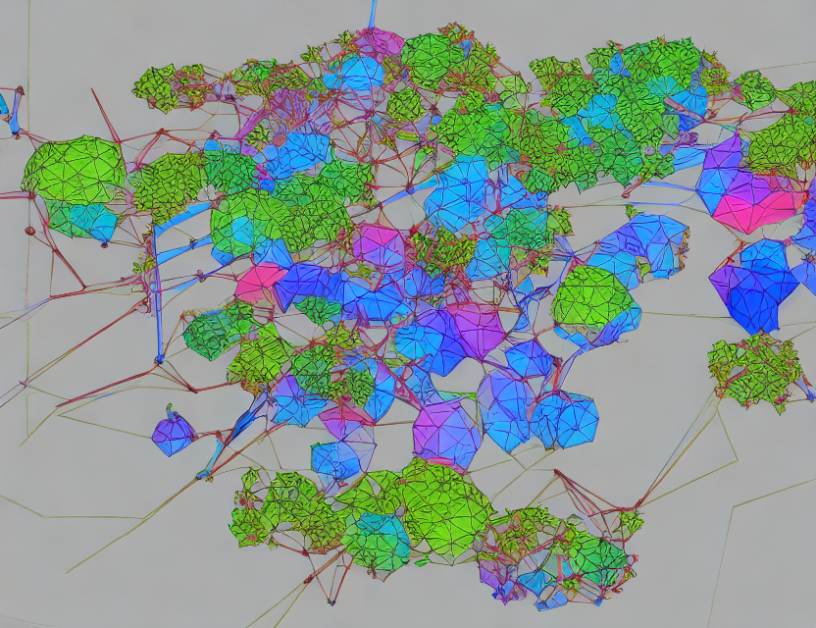Graph coloring is a fundamental problem in graph theory that has been around since the 19th century. In online graph coloring, vertices arrive one by one, and we need to assign a color to each vertex without looking at its neighbors. The goal is to use as few colors as possible while ensuring that no two adjacent vertices have the same color. This article reviews various competitive algorithms for online graph coloring, which are evaluated based on their ability to use fewer colors than other algorithms.
The article defines three key concepts: competitiveness, online competitiveness, and competitive ratio. These metrics measure how well an algorithm performs compared to others in using few colors. The authors also introduce a new metric called the online chromatic number, which is the minimum number of colors used by any algorithm for a given graph.
The article highlights several influential papers that have contributed to the field of online graph coloring. These papers provide lower bounds on the number of colors needed for various types of graphs and propose algorithms that achieve these lower bounds. The authors also discuss open problems and future research directions, including the development of more efficient algorithms and the application of online graph coloring to real-world problems.
In summary, online graph coloring is a fascinating area of study that combines elements of graph theory, computer science, and mathematical analysis. By understanding the key concepts and algorithms in this field, we can better appreciate the beauty and complexity of this problem and its many applications in computer science and beyond.
Computer Science, Data Structures and Algorithms
Online Graph Coloring: A Comprehensive Introduction



